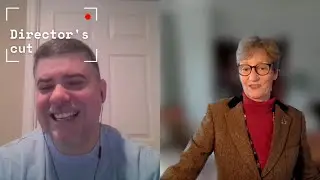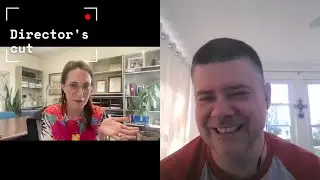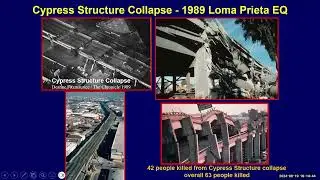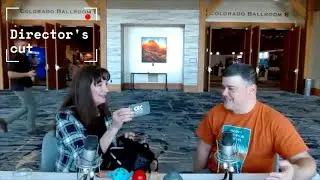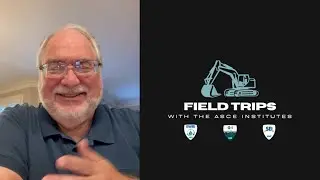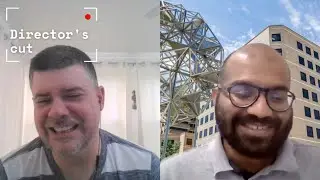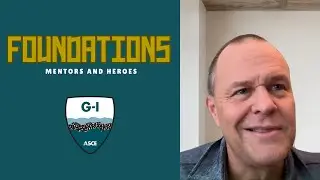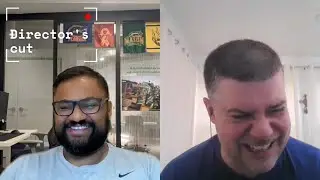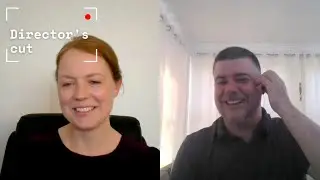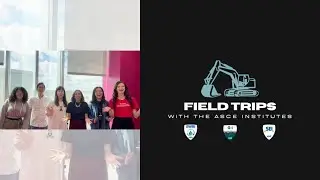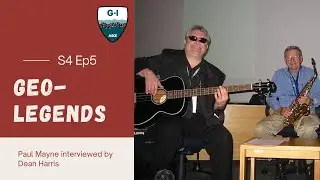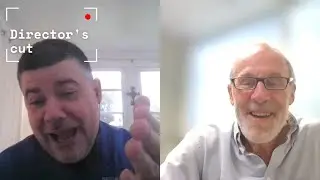2020 WB Parsons Lecture - Ray Castelli - Current Topics in Excavation Support
The William Barclay Parsons Lecture series was installed in 2003 by the Met Section Geo-Institute Chapter with the sponsorship of Parsons Brinckerhoff. It honors the ingenuity, resolve, and engineering achievements of General William Barclay Parsons and his contributions to the advancement of the field of underground engineering and infrastructure construction in New York City. William Barclay Parsons was the Chief Engineer of the New York Rapid Transit Commission that designed and constructed the first section of the New York City Subway in 1904. The lecture series is intended to focus on the state-of-the-art topics in geotechnical engineering with a particular emphasis on tunneling and underground construction.
The 18th Annual William Barclay Parsons Lecture was delivered by Raymond Castelli, P.E., Senior Vice President and Technical Director for Geotechnical Engineering at WSP USA (formerly Parsons Brinckerhoff) in New York City. Ray currently serves as technical advisor for high speed rail projects in California and Texas, and the Second Avenue Subway project in New York City, as well as the recently completed Eurasia Bored Tunnel crossing of the Bosphorus in Istanbul, Turkey. He has authored more than 40 technical papers and is co-author of several FHWA geotechnical manuals. Ray is also the recipient of the 2020 ASCE Martin S. Kapp award. The lecture was held on April 15, 2020 and was the eighteenth lecture in the annual series of lectures sponsored by the ASCE Metropolitan Section Geotechnical Group.
Ray began the lecture titled “Current Topics in Excavation Support” with an overview of General William Barclay Parsons and his contributions to the advancement of the field of underground engineering and infrastructure construction in New York City. William Barclay Parsons was the Chief Engineer of the New York Rapid Transit Commission that designed and constructed the first section of the New York City Subway that opened in 1904. The lecture discussed several topics reflecting recent experience with SOE systems including the use of SOE walls as permanent structures, recent innovations in SOE technology, considerations for the design and construction of SOE systems, and an assessment of recent performance of SOE systems. The lecture also discussed alternative strategies for resisting buoyancy forces on completed underground structures. The lecture touched on the need for engineers and contractors to consider new issues and challenges in the design and installation of excavation support systems as recent advances in technology and the need to achieve stricter performance requirements, particularly in crowded urban areas have required.
The Geo-Institute is a technical society with about 12,000 geotechnical engineers and geologists as members. Find out more or join at http://www.geoinstitute.org.
#geotechnicalengineering #geotech #civilengineering








